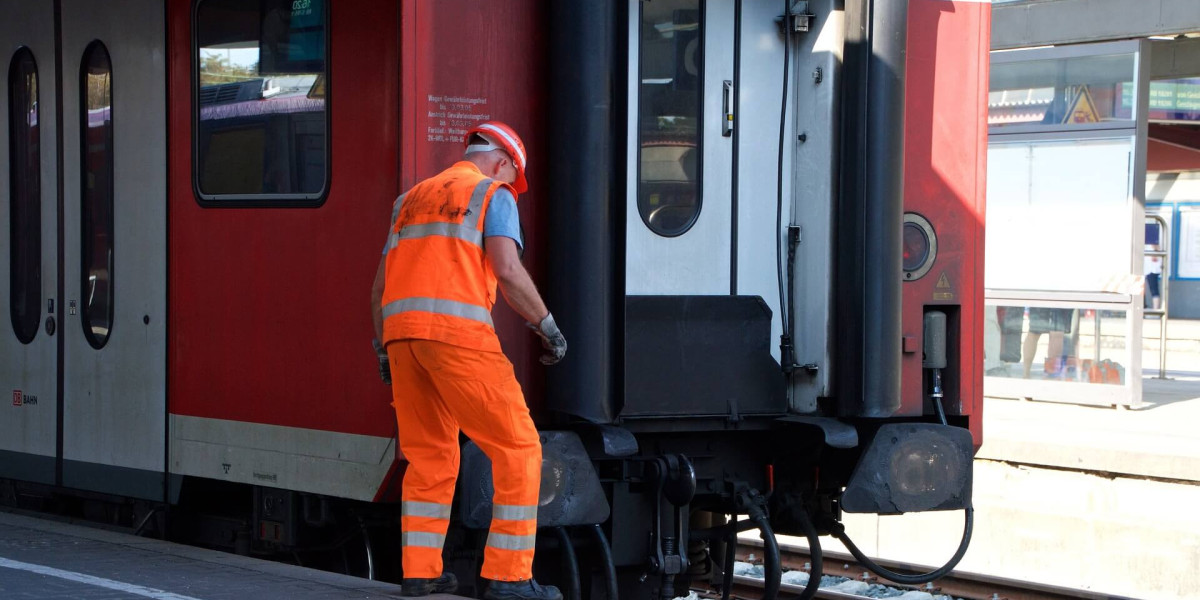Introduction
Nothing kills the excitement of an embroidery project faster than seeing your carefully chosen image turn into a blurry, pixelated mess when converted to PES format. If you've ever struggled with jagged edges, lost details, or color bleeds when understanding how to convert JPG to PES files for your Brother machine, you're not alone.
The truth is: most automatic JPG-to-PES conversions fail because they don't account for embroidery's unique requirements. But with the right approach to understanding how to convert JPG to PES properly, you can achieve professional-quality results every time. In this comprehensive guide, we'll walk through:
Why standard conversions produce poor results when learning how to convert JPG to PES
The 3-step professional conversion method that actually works
Best software options for different budgets and skill levels
How to troubleshoot common quality issues in your conversions
Advanced techniques for complex images that need special handling
By the end, you'll have mastered understanding how to convert JPG to PES files that stitch out as crisp and clean as they appear on screen - no more disappointing results or wasted materials.
Why JPG to PES Conversions Go Wrong
The Fundamental Compatibility Problem
JPGs are raster images made of pixels, while PES files contain vector-based stitch instructions. This mismatch causes:
Edge Fuzziness- JPG compression artifacts become jagged stitches
Color Banding- Smooth gradients turn into obvious color jumps
Lost Details- Small elements disappear in conversion
How Professionals Solve It
Instead of direct conversion, digitizers use a 3-step process:
Image Preparation- Clean up and simplify the JPG
Vectorization- Convert to clean paths (optional but recommended)
Digitizing- Create proper stitch types and sequences
Step 1: Preparing Your JPG Image
Essential Pre-Conversion Edits
For Logos/Graphics:
Boost contrast between elements
Simplify complex areas in Photoshop/GIMP
Convert to black white to check clarity
For Photographs:
Enhance shadows/highlights
Reduce color complexity (3-5 colors ideal)
Consider posterization for artistic effects
Free Tools for Image Prep:
GIMP(gimp.org) - Full-featured Photoshop alternative
Photopea(online) - Browser-based editor
Inkscape- For vector conversion preparation
Step 2: Conversion Methods Compared
Method 1: Auto-Digitizing Software
Best for:Simple designs, beginners
Top Options:
SewArt($80) - User-friendly with decent results
Embrilliance Express($129) - Great for Mac users
Ink/Stitch(Free) - Open-source option
Workflow:
Import prepared JPG
Run auto-digitizing
Clean up problem areas
Export as PES
Method 2: Professional Digitizing Software
Best for:Business use, premium quality
Industry Standards:
Wilcom Hatch($999) - Gold standard for professionals
Brother PE-Design($500) - Optimized for Brother machines
Pulse Ambassador($1,500+) - Advanced production tools
Advantages:
Complete control over every stitch
Ability to manually refine auto-digitized designs
Professional-grade results
Method 3: Online Conversion Services
Best for:One-time projects
Recommended Services:
DigitEMB($12-20/design)
The Embroidery Studio($15/design)
Embroidery Designs Pro(Volume discounts)
When to Use:
Need professional results without software
Working with complex artwork
Tight deadlines
Step 3: Optimizing PES Files
Critical PES Settings
Stitch Density
0.35mm for dense fabrics
0.45mm for stretchy materials
Underlay Stitches
Add for stability on knits
Skip for non-stretch fabrics
Pull Compensation
10-15% for stretch fabrics
5% for stable materials
Testing Protocol
Always:
Stitch on scrap fabric first
Check all color transitions
Verify dimensions match requirements
Troubleshooting Common Issues
Problem: Blurry Edges
Solution:
Re-clean source image
Increase contrast before conversion
Manually redraw edges in digitizing software
Problem: Puckering Fabric
Solution:
Reduce stitch density
Add cutaway stabilizer
Adjust machine tension
Problem: Thread Breaks
Solution:
Check for too many stitches in one area
Verify proper needle size
Use quality embroidery thread
Advanced Techniques
Converting Photographs
Posterizeto 3-5 flat colors
Emphasize key features(eyes, outlines)
Stitch directionfollows natural contours
Handling Text
Recreate textin vector software when possible
Minimum height6mm for readability
Avoid script fonts- use bold, simple typefaces
PES-Specific Considerations
Brother Machine Optimization
Use PES version matching your machine
Verify hoop size compatibility
Check for special Brother features
Jump stitch trimming
Color change optimization
Version Differences
PES v1- Basic compatibility
PES v2+- Supports more advanced features
Maintaining Quality in Production
Batch Conversion Tips
Create templates for recurring designs
Set up automated quality checks
Keep original JPGs organized
Version Control
Use clear naming (Design_v2.PES)
Store iterations in dated folders
Document changes between versions
When to Call a Professional
Consider hiring a digitizer when:
Design has complex shading
Working with delicate fabrics
Need rush turnaround
Producing large quantities
Average cost: $10-$25 per design
Conclusion
Converting JPGs to flawless PES files requires more than just file conversionit demands understanding how pixels translate to stitches. By:
Preparing images properlybefore conversion
Choosing the right methodfor your skill level
Testing thoroughlybefore final stitching
Learning from each project
...you'll soon be creating PES files that do justice to your original designs.
While automatic converters can help, the best results come from mastering both the technical and artistic aspects of digitizing. Start with simple projects, apply these techniques, and watch your embroidery quality transform.
Ready to say goodbye to pixelated embroidery for good? Pick an image and start practicing today!








